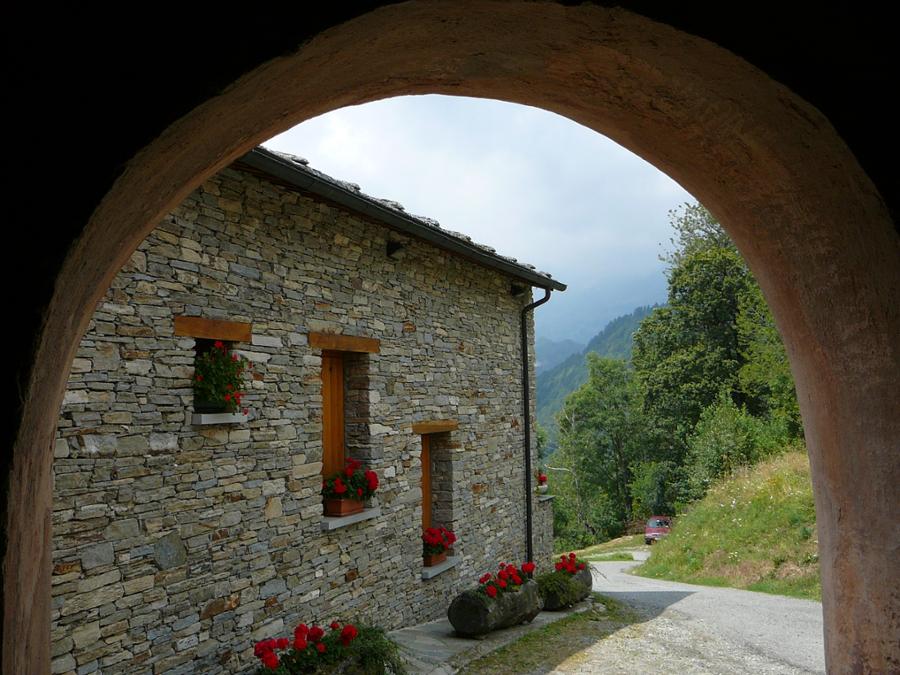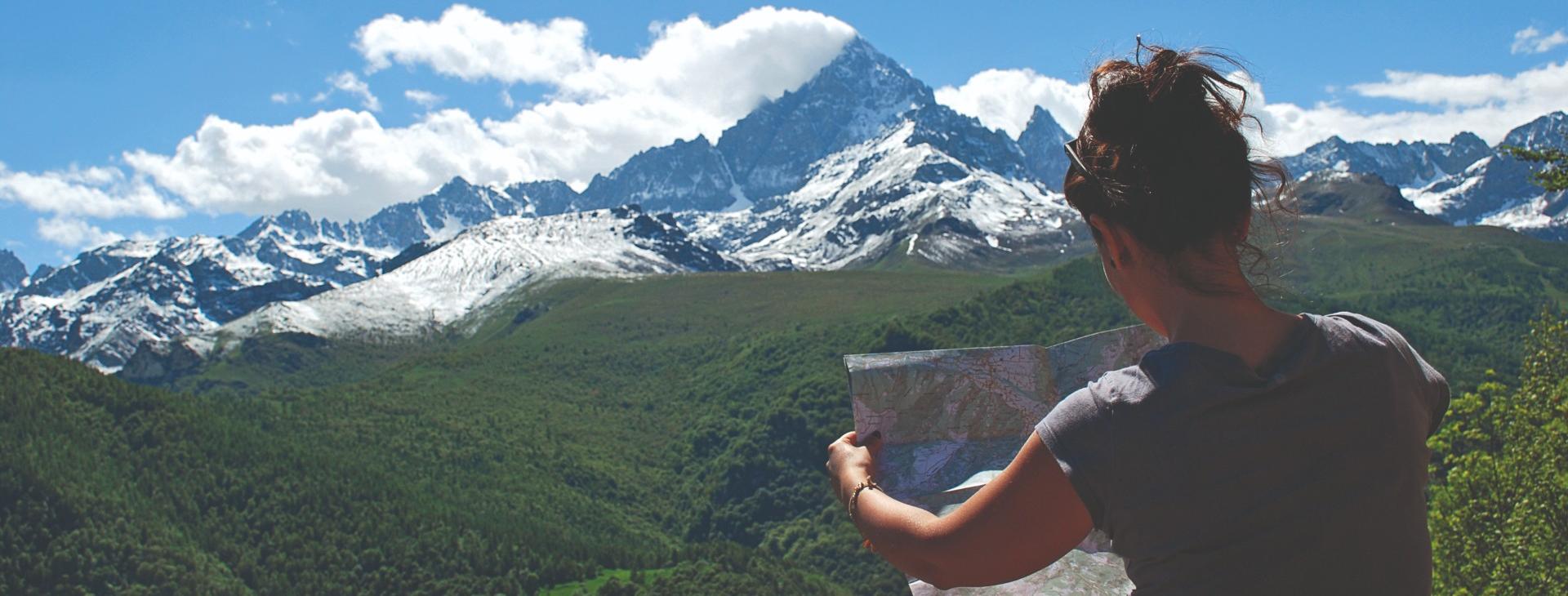
OSTANA, VALLI PO BRONDA E INFERNOTTO
OSTANA
OCCITAN TOWN OF EXCELLENCE
Nestled among the most beautiful towns in Italy, Ostana is an example of successful mountain architectural redevelopment. The economy, initially based on pastoralism, has gradually opened up to a high quality, slow tourism, the kind that highlights authentic environments where local traditions and culture are still thriving and handed down, as expertly illustrated in the Civico Museo Etnografico and in the Ecomuseo dell’Architettura e del Paesaggio Alpino.
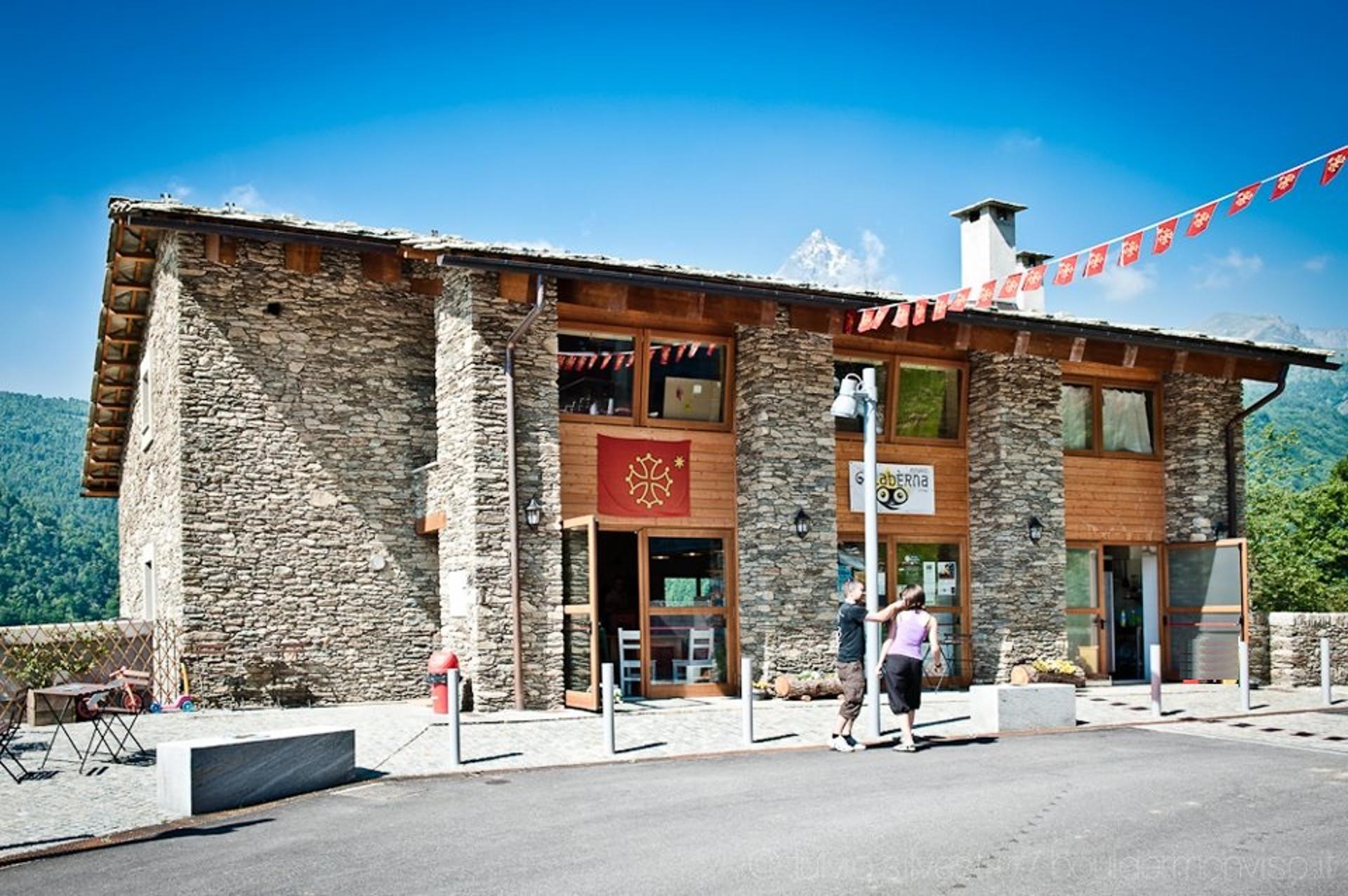

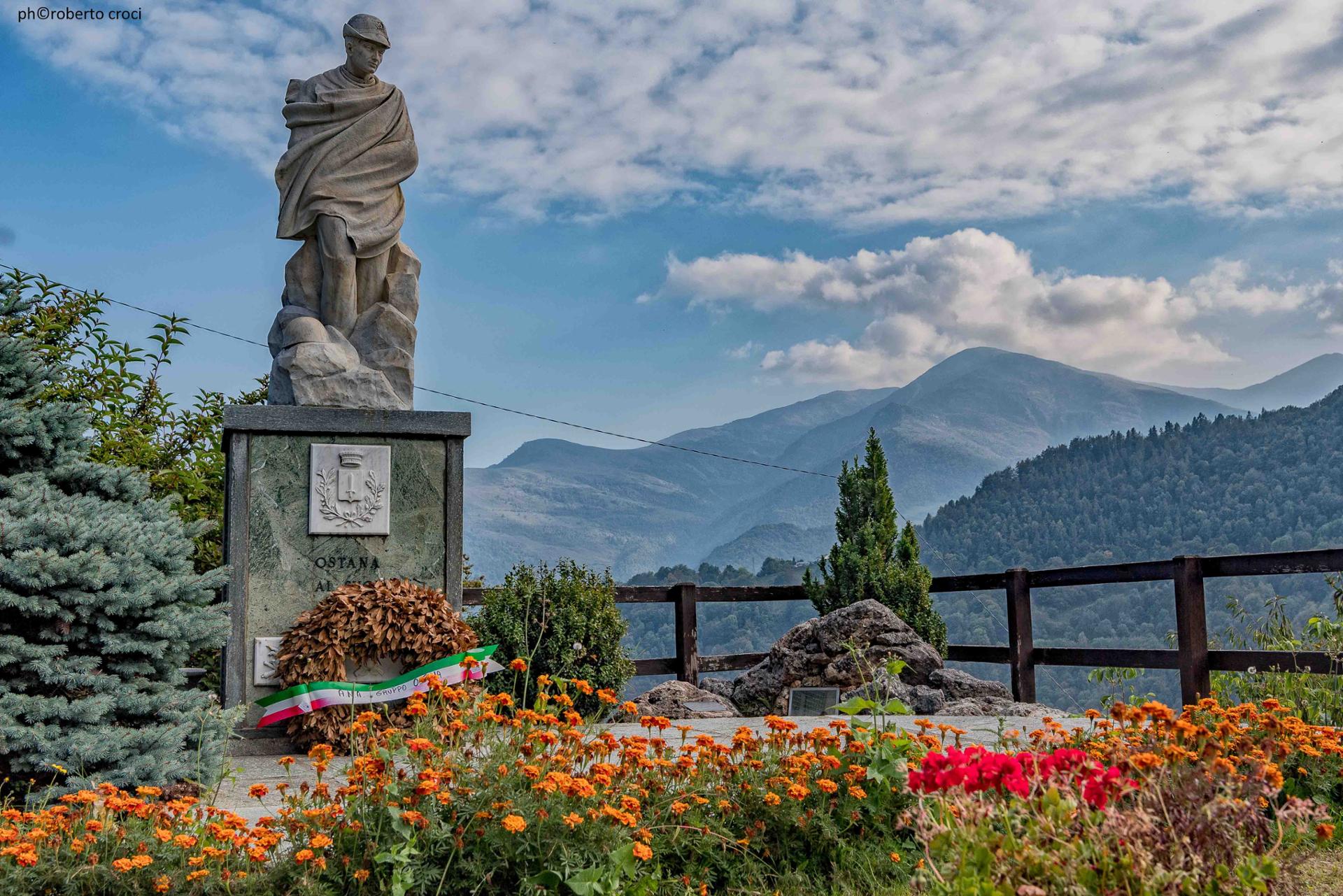




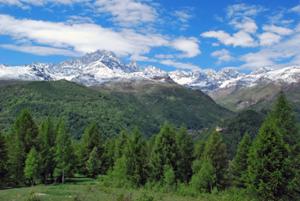
Discover
more

Ostana may be the smallest town in the Po Valley, but it is also an example of intelligent architectural redevelopment, a status that has earned it the opportunity to be part of the Most Beautiful Villages of Italy club. A series of chapels and votive pillars are scattered among the hamlets; there are many, but that of San Nicolao certainly stands out, built in a panoramic position above a cliff and shaded by a large beech tree.
For a long time, the village was nothing but the destination of the “transhumance”, practice of moving sheep from one grazing ground to another every summer. Following some excellent architectural restoration work, it has become a popular destination for slow tourism, where the authenticity of the places and the reference to the Occitan tradition are the main elements of attraction. The town offers no shortage of cultural stimuli: the Premio Ostana - Scritture in lingua madre, a literary competition dedicated to so-called minority cultures, is a way of expressing and uniting diversities and thus offering different views and perspectives on the world.
There are countless hiking and mountain biking trails which, in winter, turn into the main itineraries for lovers of ski mountaineering and long walks with snowshoes at the foot of the Monviso. Climbing enthusiasts will find challenging rock faces waiting for them to climb in summer, and impressive ice falls in winter.
The spotlight is turned on the local culture and traditions in the Museo Civico Etnografico, housed in the ancient Palazzo Comunale, where parts of Ostana’s past life are re-proposed, and in the Ecomuseo dell’Architettura e del Paesaggio Alpino, in the Miribrart district, an exhibition that starts from the material culture of the past, and spans as far as contemporary design, intertwining the heritage and dynamic development of the mountain areas.
The typical dish of the village is potato and buckwheat polenta, which is served hot and goes perfectly with toma, a cheese produced in the local mountain pastures.
CUNEO ALPS: YOUR PERFECT HOLIDAY. PO VALLEY
esempi di as xml: xml serveResource con templateId (chiave)
esempi di as json: json serveResource con templateId (chiave)
esempi di as json e siteId: json serveResource con siteid
en_US
What
to do
en_US
Experiences
No result found
en_US
Where
sleeping
en_US
Offers
en_US
Info

